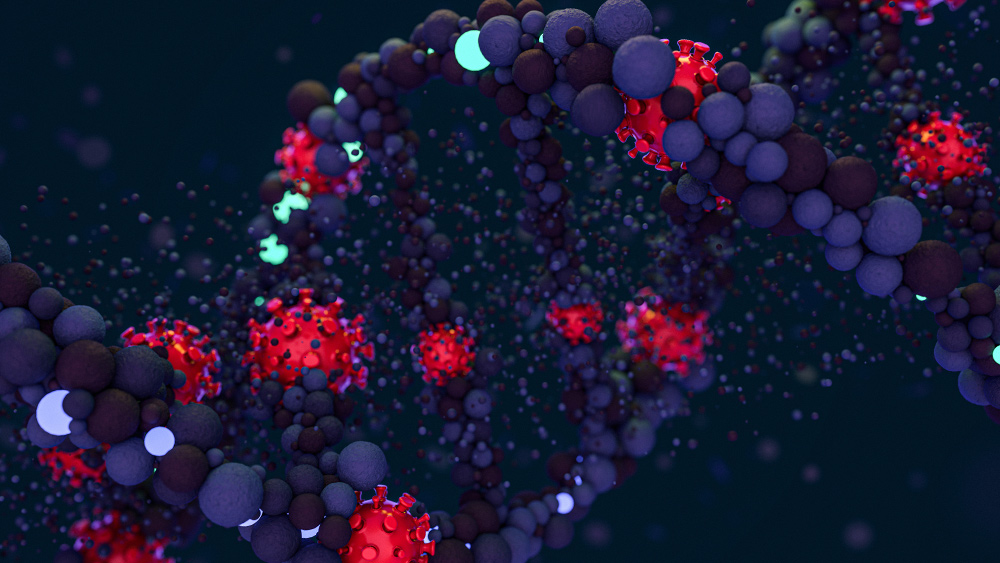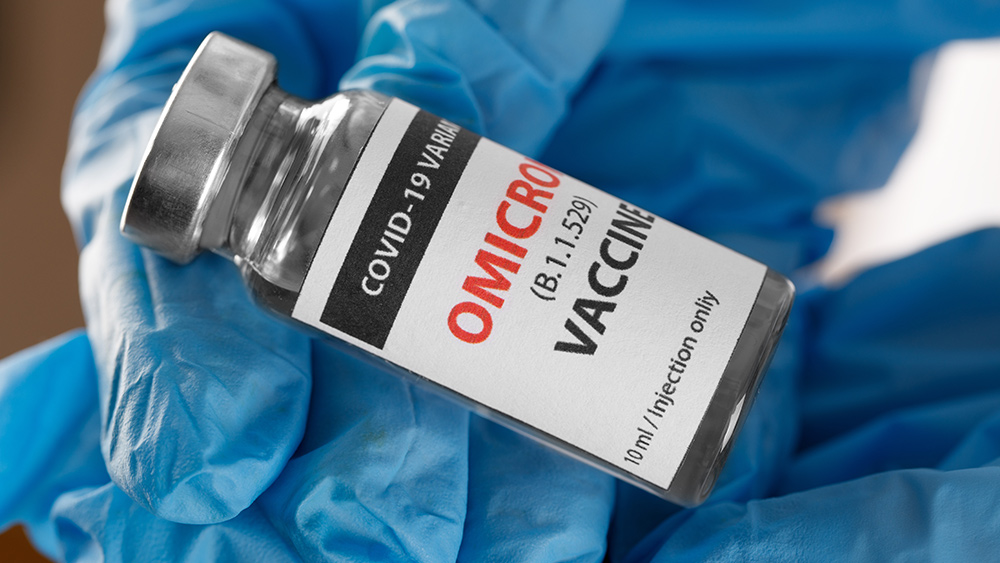
Natural mouthwash from medicinal plants
People have used plants as medicine for a long time. In modern medicine, medicinal plants are used to discover new drug therapies. The antibacterial activity of certain medicinal plants, in particular, is a point of interest for many researchers, especially against oral bacteria like Streptococcus mutans. S. mutans -- streptococci strains present in the mouth, pharynx and intestine -- are considered risk factors for dental caries, or what's more commonly known as cavities. In the mouth, S. mutans and other bacteria can stick to the enamel, where they produce strong acids that increase the risk of dental caries. Studies show that dental caries can form in as little as six months after the appearance of S. mutans. In traditional medicine, people have used plants to prevent -- and even treat -- dental caries. For instance, the leaves and stems of medicinal plants are used to make teas that help with symptoms of dental caries and tooth infection. For others, essential oils extracted from the plants are used to alleviate pain and promote healing. For this study, the team explored the ability of the following medicinal plants in preventing dental caries:- Gallnut (Terminalia chebula)
- Guava (Psidium guajava)
- Neem (Azadirachta indica)
- Indian beech (Pongamia pinnata)
- Clove (Syzygium aromaticum)
- Peppermint (Mentha × piperita)
Other natural remedies for treating dental caries
Aside from the herbs mentioned in the study, there are other herbs and spices that you can use to treat and even prevent dental caries.- Garlic (Allium sativum) -- The pungent herb is often used in traditional medicine, thanks to its multiple health benefits. In addition, a study published in the Journal of Medicinal Food revealed that allicin, the active ingredient in garlic, can treat S. mutans grown in mature biofilms. To make the most of the herb's ability to treat dental caries, apply a mix of garlic paste and rock salt to the affected tooth.
- Asafetida (Ferula assa-foetida) -- A key ingredient in Indian cuisine, asafetida is used in traditional medicine for relief from toothaches and gum pain, thanks to its potent antibacterial and antioxidant properties. To use asafetida, you can apply it directly to the affected area or create a poultice.
- Green tea -- Earlier studies on green tea revealed that it was able to improve oral health and increase the teeth's resistance to acid. Take two cups of green tea every day to address dental caries.
Scientists found genetic sequence patented by Moderna in COVID-19 spike protein
By Mary Villareal // Share
Study: Covid jabs provide “virtually no protection” against Omicron
By Ethan Huff // Share
Exercise and green tea extract can help prevent fatty liver disease
By Joanne Washburn // Share
Jingfukang: The TCM herbal medicine that stops lung cancer in its tracks
By Franz Walker // Share
Studies show how mask mandates, lockdowns and COVID vaccines have failed to deliver
By Cassie B. // Share
A new front in the trade war: Trump targets Canadian fertilizer
By willowt // Share
The sun, the sink and the climate debate: A challenge to carbon-centric policy
By willowt // Share
Trump's phone call: A pivotal moment in the Thailand-Cambodia border crisis
By bellecarter // Share
Desperate measures: Ukraine to send new conscripts straight to the frontlines
By zoeysky // Share
Azerbaijan and Iran seek stronger ties amid regional tensions and Israeli aggression
By ramontomeydw // Share
Federal push to fast-track cell towers sparks showdown against local governments
By jacobthomas // Share











